Reading comprehension Geometry Worksheets for Ages 6-7
6 filtered results
-
From - To
Welcome to our engaging collection of Reading Comprehension Geometry Worksheets designed for children ages 6 to 7! These interactive worksheets combine foundational reading skills with essential geometry concepts, making learning enjoyable and effective. Each activity challenges students to read descriptions of geometric shapes, understand spatial relationships, and answer comprehension questions. Our carefully crafted exercises enhance literacy while reinforcing important math skills, allowing young learners to explore shapes, patterns, and dimensions confidently. Perfect for classroom use or at-home practice, these worksheets provide a fun way to promote critical thinking and language development in early learners. Empower your child’s educational journey today!
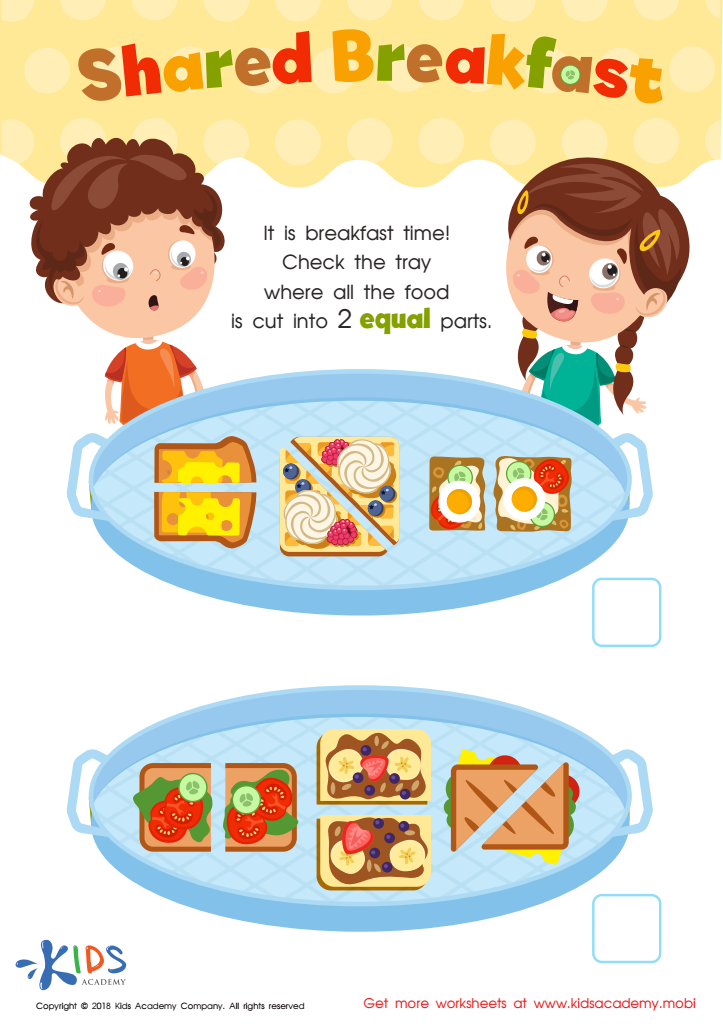

Shared Breakfast Worksheet
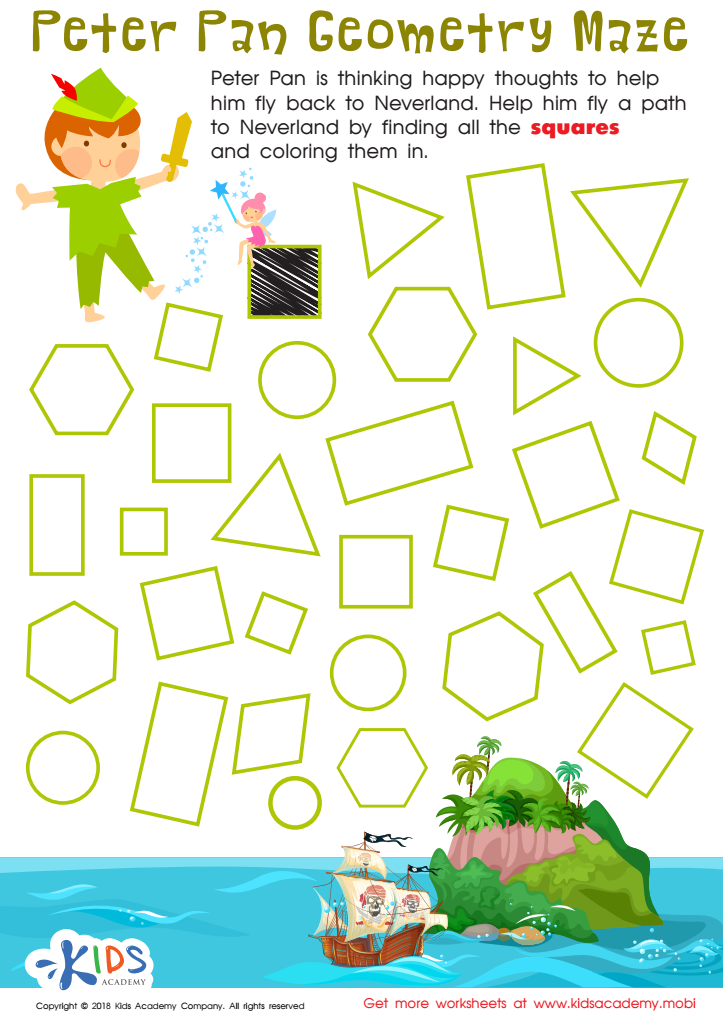

Peter Pan Worksheet
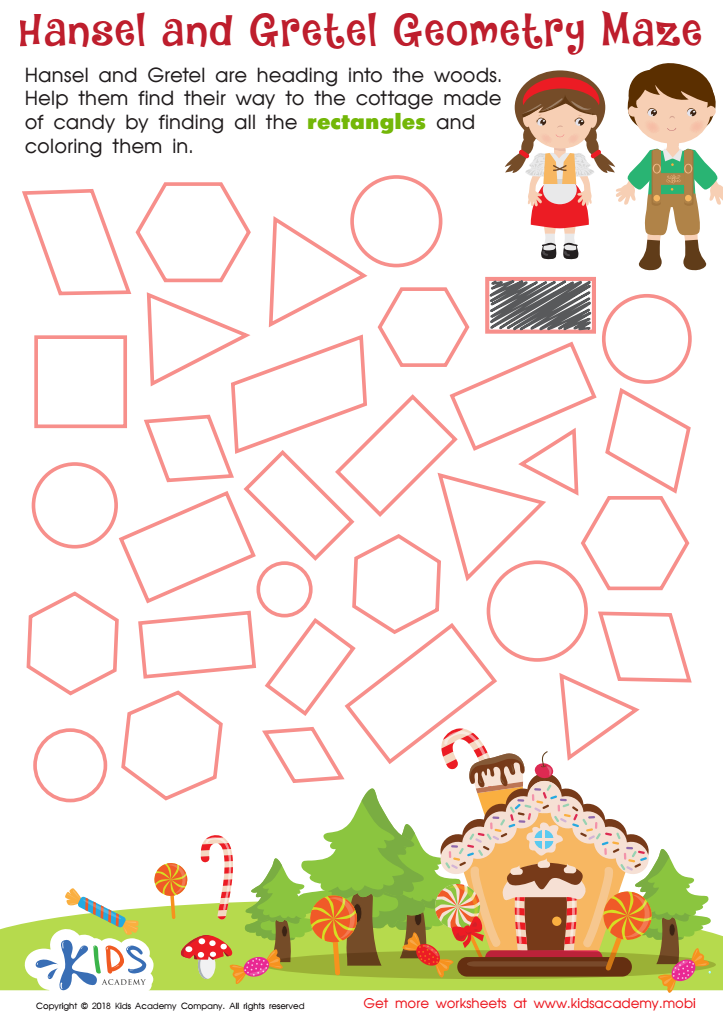

Hansel and Gretel Geometry Maze Worksheet
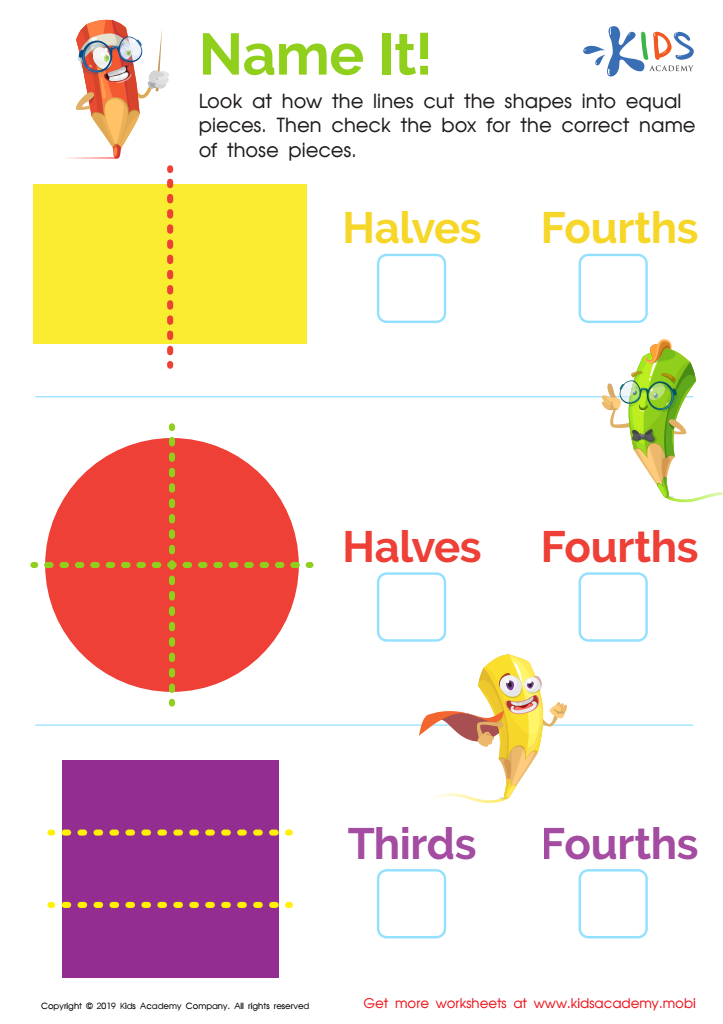

Name It! Worksheet
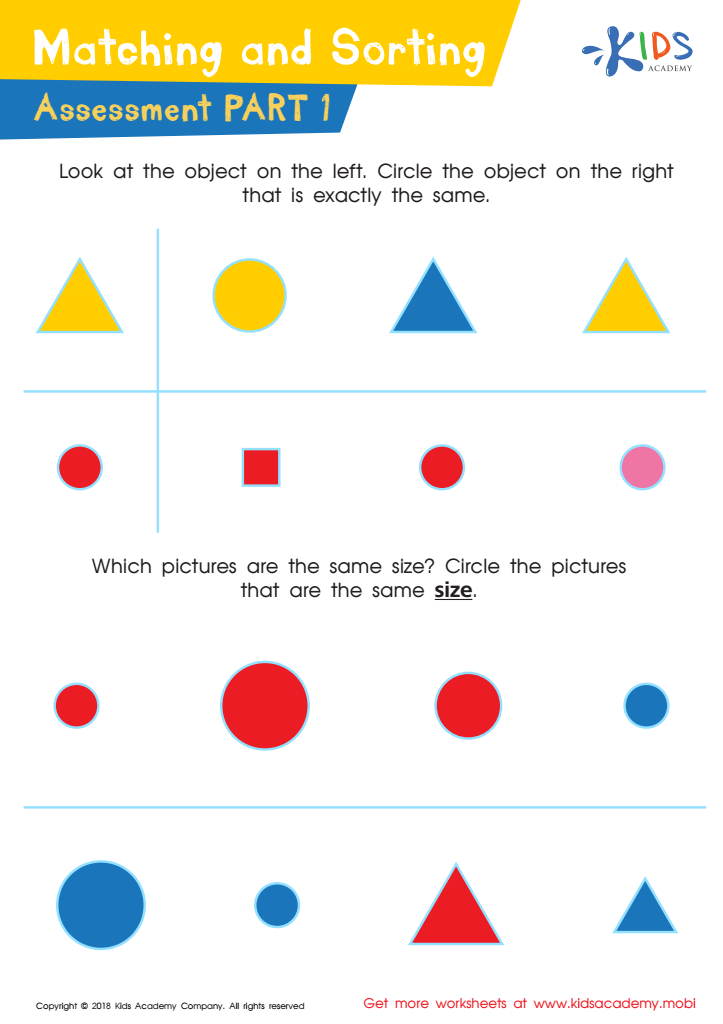

Matching and Sorting for Kindergarten: Assessment 1 Worksheet
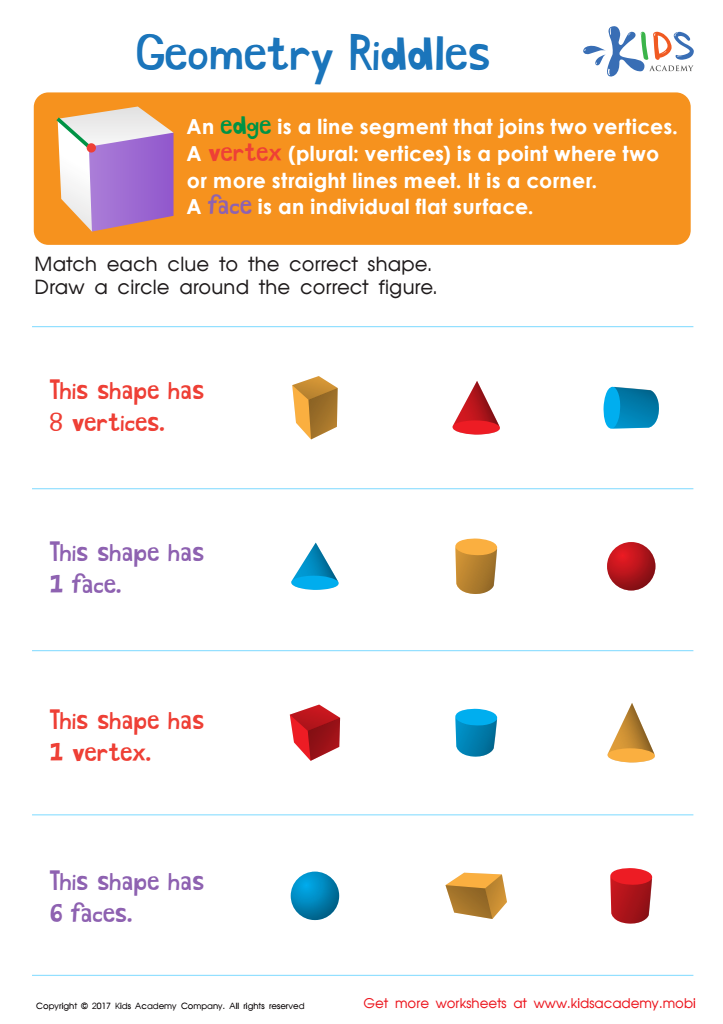

Geometry Riddles Printable
Reading comprehension and geometry skills are critical for children aged 6-7 as they form the foundation for holistic learning and cognitive development. At this age, children are increasingly exposed to texts that incorporate mathematical concepts, making it essential for them to understand both language and spatial reasoning.
Reading comprehension equips children with the ability to understand and critically engage with diverse texts. This skill not only supports language arts but also enhances their capabilities in subjects like science and social studies, where interpreting written content is crucial. As students encounter story problems and contextual situations involving geometry, strong reading comprehension allows them to grasp and solve these problems effectively.
Geometry contributes to children's spatial awareness and logical thinking. Early exposure to geometric concepts, such as shapes, space, and measurement, enhances their problem-solving skills and ability to visualize and manipulate objects mentally, which is applicable in many real-life situations.
By fostering both reading comprehension and geometrical skills, parents and teachers equip children with the tools needed for academic success and lifelong learning. Engaging children with integrated activities enhances their curiosity, creativity, and confidence, thereby nurturing a love for learning that lasts beyond the classroom.

 Assign to My Students
Assign to My Students





















